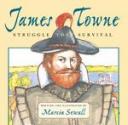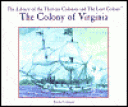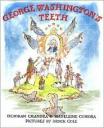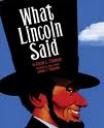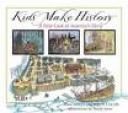Jamestowne: Struggle for Survival, written and illustrated by Marcia Sewall, is an excellent resource that details the trials and tribulations experienced by the first settlers of Jamestowne. The book is told through the journal entries of one of the settlers, and is enhanced with actual quotations of history known explorers, such as Christopher Newport and Captain John Smith. Used as an anticipatory reading, this book serves as an effective precursor to explaining concepts of democracy, how the United States came into development, the necessity of the American Revolution, and the establishment of the Constitution.
Curriculum Connections
Jamestown: Struggle for Survival serves as an excellent and useful resource to help teach, reinforce, and emphasize the VA History learning objectives in accordance with the Virginia Standards of Learning (SOL’s). Students will begin developing knowledge of the first permanent English settlement in America (VS.3) by explaining the reasons for English colonization (VS.3a), describing how geography influenced the decision to settle at Jamestown (VS.3b), and identifying the importance of the charters of the Virginia Company of London in establishing the Jamestown settlement (VS.3c).
Additional Resources
- Historic Jamestowne has a page dedicated to lesson plans and activities for all grade levels, from kindergarten – high school, that look at the ways in which our current government mirrors its roots with the establishment of Jamestown.
- Jamestown 400th Commemoration Commission devotes an amazing page to educators, offering resources and lesson plans for all grades – they provide useful ideas and activities focusing on how the Constitution and principles of democracy evolving from the founding of Jamestown.
- Super Smart Games offers online games for students to access either at home or at school in which they are the Captain of Jamestown Colony and need to make vital decisions on food, health, wealth, and morale in order to make the first colony run smoothly – these games are fun for students to play, and helps them think how best resources can be best utilized.
Book: Jamestown: Struggle for Survival
Author & Illustrator: Marcia Sewall
Publisher: Antheneum
Publication Date: April 2001
Pages: 40pp
Grade Range: 3rd – 5th Grade
ISBN-13: 978-0689818141

